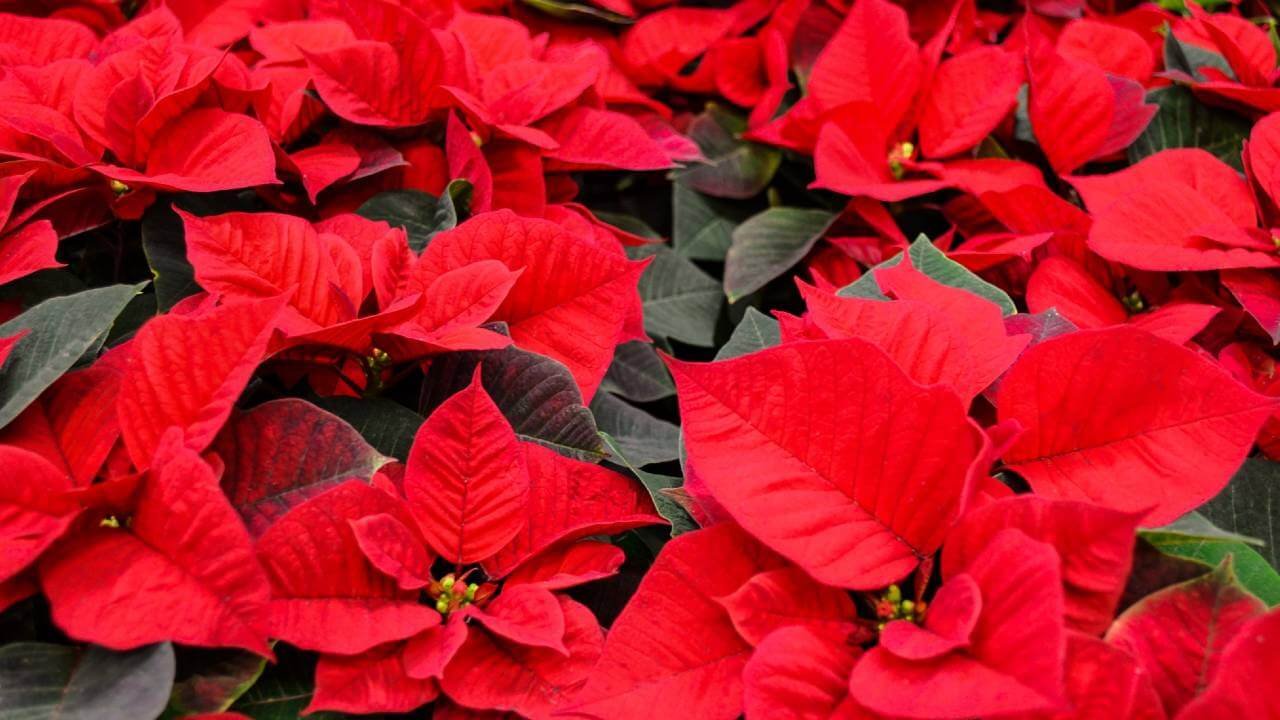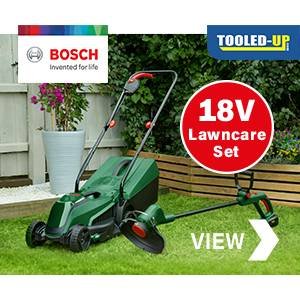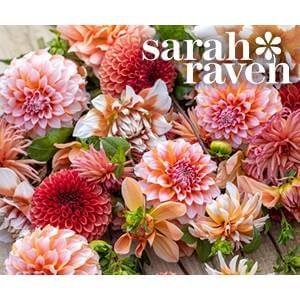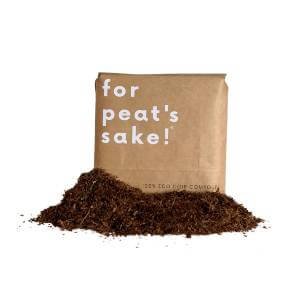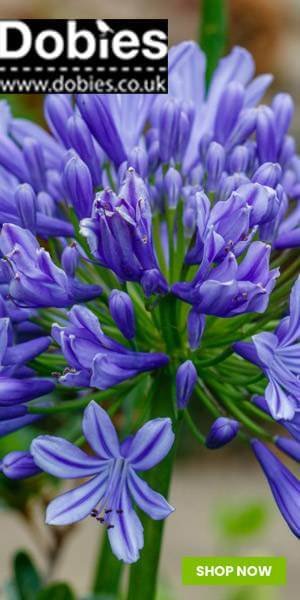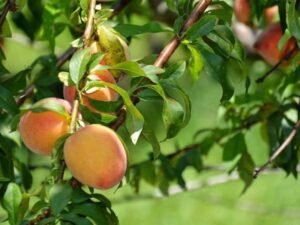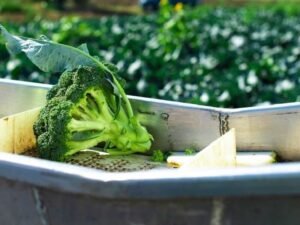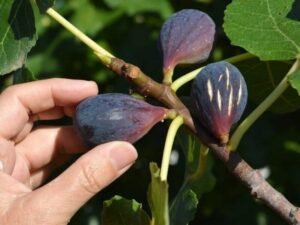Aside from the Christmas tree, this is one of the most popular plants sold in December-January, and isn’t that hard to look after! I mean what is not to love!
Originating from Mexico, national poinsettia day is 12th December to commemorate the death of Mr Joel Roberts Poinsett who introduced this plant to the US.
General care of Poinsettia
Poinsettia - Location & Light
Place in a well-lit area away from drafts or vents this may cause your plant to lose its leaves, they won’t mind being placed near a radiator, they will appreciate warmth and light. In the winter months, try putting in a south-facing window.
We would suggest not moving it around different rooms too often as this will more than likely disrupt it. One useful trick to know your Poinsettia has enough light is to place your hand in front of the sun at its highest point in the day (usually midday) and try to cast a shadow if the shadow is soft grey this is perfect!
Too dark of shadow is too much light, and no shadow means there is not enough light.
Poinsettia – Watering
Many gardeners kill Poinsettia with kindness by overwatering it too much! They don’t like or need a lot of water, drenching their roots can easily lead to root rot. Equally saying this, they don’t want their roots to be dry.
It’s best to check the soil and water when the top of the soil is dry – and a good rule of thumb is that they are better to be a little drier than too wet. We recommend having a saucer or draining dish under your plant; therefore, you can allow the water to drain into this – ensuring you get rid of the excess water.
They prefer room temperature water; if you have a larger poinsettia these typically dry out much quicker than the smaller, which is one variable that how much water you give your plant is dependent, the watering measurements are below.
If you notice leaves turning yellow or if you notice them starting to wilt then this is a telltale sign you are overwatering and need to stop immediately for a few weeks. If you have placed your Poinsettia near a radiator, you will find you will need to water it more often.
A good tip is to give your Poinsettia 2-3 tablespoons of water every few days.
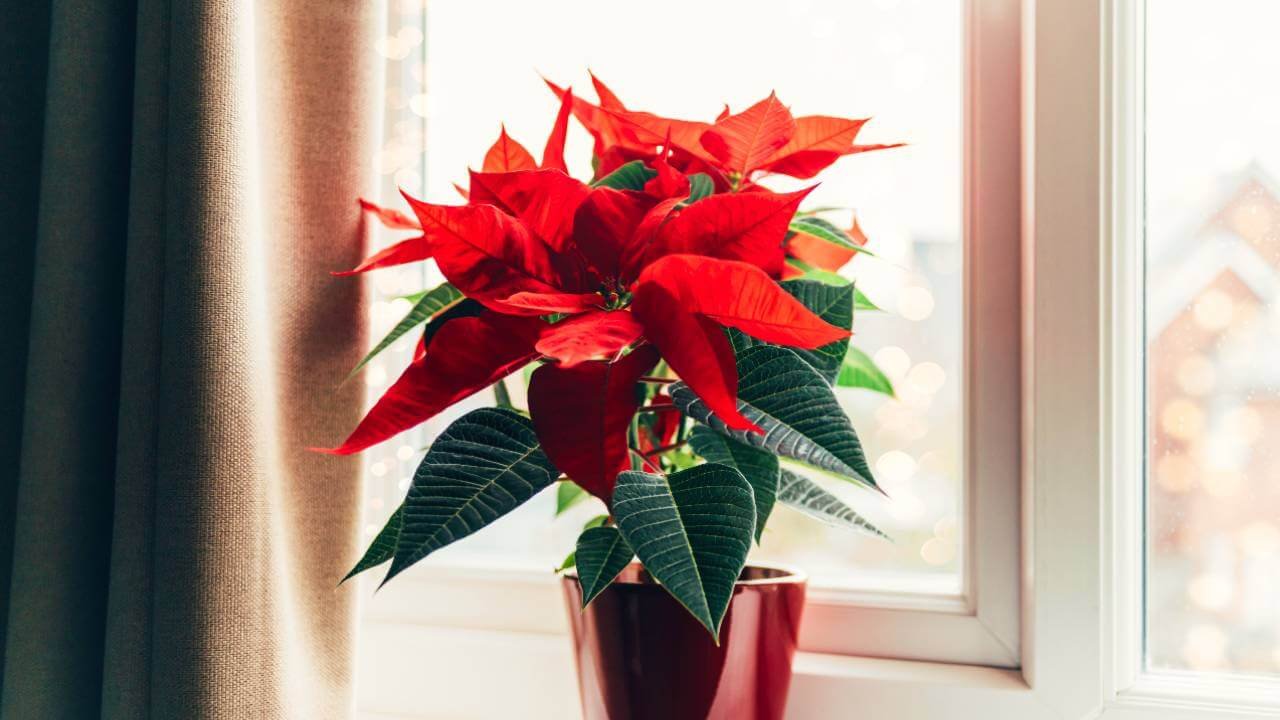
Poinsettia – Food / Feeding
A good all-purpose fertiliser liquid plant food will be the best, although liquid or soluble food is the easiest to apply. Do not feed when your plant is in full bloom, and ensure the next water after you have fertilised water well.
During this month, as mentioned in the below life cycle, the top of your Poinsettia will begin to wilt and slowly die, we would suggest starting to fertilise now.
As you notice, the growth is beginning to grow, fertilise with ½ normal strength.
After you have moved your Poinsettia outside feed it with ½ strength fertiliser to help accustom it to the outdoors.
From here onwards feed once a month, again with ½ the dose until it is ready to bloom.
Poinsettia – Temperature
The ideal temperature is around 15-22 degrees making them ideal for the living room or bedrooms, we have a south-facing window in our kitchen with a sufficient amount of light and no drafts, so ours has the idyllic setting.
1. Place an ice cube on top of the soil releasing moisture into the soil slowly this will help prevent overwatering and also be mess-free.
2. Weekly over your sink, gently pour water into the soil and hold above the sink as the water drains through the holes. Hold until all the water has passed through.
Poinsettia – Misting and Humidity
As mentioned above, it is ideal for poinsettias to sit them on a pebble tray, choose a plate or a tray with a bigger diameter than its pot and fill with small round pebbles.
When water is poured onto the tray off pebbles, this will, in turn, create a humid environment for your Poinsettia on top, with pebbles separating the pot from the plant allowing air to circulate over the water.
What we love the most is how you can pick the perfect colour pebbles to match your Christmas table and make your Poinsettia a centrepiece.
Adding pebbles to the bottom is a great and simple way of keeping your Poinsettia humid. This is also a great technique to use when it comes to orchids.
When it comes to misting, we would recommend doing this every few days with room temperature water. Spray the leaves and bracts which will ensure your Poinsettia is kept humid.
Your poinsettias life cycle
December
It’s best to start with December as this is typically when you will buy your Poinsettia.
They should be in full bloom and have bright red leaves (if you have a traditional variety).
This will stay this way for the next two months.
February
You will start to notice the bright red bracts and central flowers begin to fade; they may also shrivel or begin to drop.
Stems may even start to look thicker and become stickier; this is an excellent time to fertilise your plant.
March
This is when you should start to prune back, we suggest cutting the stems on the first leaf node below the bracts.
It’s also a good idea to check if your Poinsettia needs repotting, carefully take the plant out of its pot to check the root ball.
June
If they appear squished, then you will need to re-pot them. Gentle release the roots and let them dangle free, and into a pot 4 inches bigger, filled with ⅔ of potting soil, plant and then place outside in indirect light.
Once completed place outdoors in direct sunlight.
July
You will begin to notice new shoots appearing, snip or pinch these shots to promote growth outwards later in the year.
Late August
It’s now time to bring your Poinsettia back indoors, place it in an area with a constant temperature.
September to November
Your plant should be thriving and have a few green leaves already on it.
Provide your plant between the hours of 8 am-5 pm of indirect sunlight, and then between the hours of 5 pm-8 am either add a bucket (careful of the leaves) over your Poinsettia or place it in a pitch-black location.
If you start to notice small changes in the bract, particularly in colour, ensure you put your plant in total darkness for the next three weeks or more.
As long as your plant is receiving 4 hours of light a day, you can try a more extended period of total darkness.
By starving your Poinsettia of light will encourage the leaves to turn red and be ready for November through to December!

What to look for when buying Poinsettia
Typically you will buy and see many upon many poinsettias at supermarkets, who will have these readily available at the door as you walk in or out, placed to attract you to buy!
However, every time the automatic doors open, the poinsettias are exposed to the UK winds; which they are not accustomed to in Mexico. However, the damage will not be visible when you are purchasing and will be a few days after taking home that leaves may potentially drop.
It is, therefore, best to pick a poinsettia not exposed to harsh winds, with one further towards the back or furthest away and a healthy-looking plant. One sign that it is healthy is by first; if you can try to test the soil, you do not want it to be dripping wet nor too dry.
Be wary of purchasing from a supermarket as they may not have cared for correctly as they suffer when exposed to draughts and under-watering. Another way to know that it is healthy is intact bracts – the little yellow buds between the coloured bracts still look tight then this is a good sign the plant you picked is healthy.
To avoid damage on its way home is to wrap it in paper to protect it from the cold temperatures.
Poinsettias as cut flowers
Poinsettias are beautiful cut flowers, and with enough water, poinsettias can last as a cut flower for up to 2 weeks; and we say hey why can’t these be enjoyed as a plant and also a cut flower. So here are the steps and tricks for this;
First, you will need to cut the end of an individual stem away from the plant (we suggest only a few inches or below the bract) you will then notice a milky sap, to which you will need to ensure this stops leaking and remove them.
You can do this either by dipping the ends into boiling water around (60 degrees) for a few seconds and then immediately place in cold water. Or hover the cut end over a flame and sear it, this means it will stop the sap dripping but will still allow it to drink.
If you have removed any leaves from the stem, you do not need to seal these holes up. Once you have taken these steps place them in your vase and feel free to add other green foliage which compliments the red colours well – if you want to read more about how to create a beautiful plant display click here or they can even be used in Christmas wreaths.

Treasure or toss?
It’s incredible to know that Poinsettias are a treasure. To be sure of its survival into the following year it is best in April to prune your Poinsettia we suggest to around 10cm (4in).
Keep it at a temperature of roughly approximately 13 degrees. In May report your plant and grow in a cool lit place over the summer and keep in a room temperature room. To encourage the flourishing of the red leaves, you will need to ensure that in November you give your plant 12 hours of bright daylight followed by 12 hours of complete darkness – this will alert them of the shorted days in winter.
Following these tricks will give you the best chance to treasure your beautiful plant. You can find more in-depth information about this in the life cycle of your Poinsettia, which provides you with an outline each month of what to do.
You will be glad to know that poinsettias will be non-toxic to your animals and also humans – although we would not recommend digestion! Again, try to avoid the white sap getting onto your skin.
Pests
There are a few common pests that can attack your Poinsettia, the most common of which being whiteflies, although they can be a year-long problem, they are especially attracted to their sap.
You will first notice these small white bugs typically on their leaves. There are a few tips to be rid of these pests –
- The first is a slightly slower method but with gloves pick of the larger flies and dispose of them in the bin; although this method can only really be used when there is a new infestation.
- Using a damp cloth or household sponge with water and washing up liquid wipe down both sides of the leaves this will dislodge and help eliminate these whiteflies.
- Another trick is by hanging yellow sticky traps around your plant; this colour will attract in the pests and stop them returning to the soil to reproduce.
- Spray your poinsettia leaves with insecticidal soaps.
Let's go Shopping...
Products Coming Soon!

